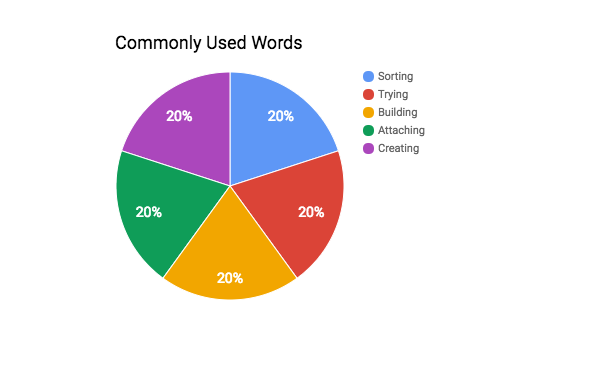As we built the proteins, we tried to form a structure that adequately represented the relationship between the phospholipid bilayer of the cell membrane and the proteins with which this barrier interacts. Throughout the process, we examined how this interaction relates to concepts of permeability, and how permeability can be applied to making the invisible visible. The form of the phospholipids and the way in which they interact with proteins are usually, literally invisible. While this lab did make the concept of a phospholipid bilayer tangible, it more importantly brought the concept of permeability to the surface. In what ways can permeability bring to the foreground things that are usually overlooked or unnoticed? Can social permeability in the form of exploration and new experiences benefit collaboration and the development of common ground? Can unexpected connections be drawn between one another, similar to the unexpected connections drawn between polar bonds and the way they shape a biological process? During this lab, trial and error were employed to explore newer and more effective ways to show phospholipid bonds. We had to structure our phospholipid bilayer multiple times, trying to create an uneven planar surface that still was representative of all aspects: polarity, fatty acid tails, protein, and the phospholipid.
This lab explored how permeability can be applied to biological process, but it also helped us to understand more about permeability, on a broader scale. With this new understanding, the concept of permeability can be used in other aspects of life (not limited to scientific application). For instance, permeability can help us to understand more about art and music. Just like permeability can help shape biological processes, it is also key in shaping how art is created, or how an audience responds to a musical performance.
Permeability can be present on both a biological level and on a societal level.
The Chinese rock referenced in today’s lab is a prime example of the intersectionality between physical permeability and social permeability. The rock exhibits physical characteristics of permeability through its porous structure, yet retains cultural and aesthetic permeability through its inclusion as a work of art.
To conclude, scientific terms are not just limited to science, and by accepting this, we are able to understand how all facets of society relate to one another.
By using the different colors, we are depicting the concept of polarity. The blue is the fatty acid tail, the red represents the polar bond, the white balls represent the phospholipid, and the large green structure represents the protein.
As a group, our most common words to describe our process are Sorting, Trying, Building, Attaching, and Creating. Building, Attaching and Creating are the most relevant to today’s lab. 
No comments:
Post a Comment